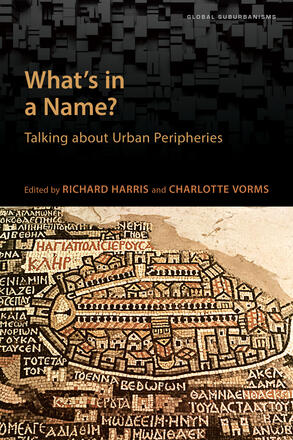
What's in a Name?
Talking about Urban Peripheries
Description
What’s in a Name? brings together experts from around the world in order to provide a truly global framework for the study of the urban periphery. By exploring the ways in which local individuals speak about the urban periphery, the contributors bridge the assumed divide between the global North and the global South.